For me, art is therapeutic and has helped me stay focused, calm, and relaxed whenever stress would leave me unable to do work. Art has also been used to help others in the form of art therapy. Art therapy is a more creative form of psychological therapy delivered by trained art therapists and art psychotherapists. Art therapy is primarily used to relieve stress, understand emotions, and regain confidence and control.
It is a broad term, but art therapy is traditionally defined as any type of creative expression that is directed by a therapist who is committed to helping a patient revitalise their body, mind, and skills. Art can also be beneficial when done at home by yourself, which is something I do to try to relax from university - my notebooks are full of drawings. Here are just some of the benefits of using art therapy.
Supports your wellbeing
Participants use art to express their experiences, as well as to support their social, emotional, and mental wellbeing. Our wellbeing can be affected by many things: societal issues, adversity, and our environment for example. And whilst some of these experiences can be difficult to describe, using talking therapy perhaps, art therapy ensures that no one is left behind. As part of communicative therapy, art therapy focuses on the creative process of recovering a person's mental, physical, and emotional health. Artistic expression allows one to understand issues, develop and accomplish feelings and behaviour, reduce stress, and improve self-esteem and self-awareness, as well as express oneself artistically.
A deeper understanding of yourself
The benefits are not limited to those who are talented or artists. There are experts who can assist you in getting deep into the primary messages conveyed through your arts, which will aid in the remedial process. There are several things that art therapy can accomplish for a variety of people. The goal of art therapy is to manipulate one's inner self in a way that may provide the person with a deeper understanding of himself/herself through healing, rehabilitation, treatment, and psychotherapy.
A means of communication
Being highly proficient in both therapy and art, art therapists are experts in both fields. Their knowledge of human growth, psychological concepts, clinical training, divine, diverse, creative traditions, and the remedial potential of art is extensive. Art is used in treatment, valuation, and investigation, and provides consultation to associated professionals. People of all ages work with art therapists: individuals, families, couples, groups, and societies. They provide facilities both individually and as part of clinical groups, in situations involving mental health, rehabilitation, remedial and scientific institutions, community outreach programs - the list goes on. Art therapy can be used by anyone. As a means of communication, most other methods of communication require the use of words and language, which is a major difference between art therapy and other methods.
Any kind of art can be used as a means of expressing one's emotions, which is one of the beauties of art as therapy. It is important to note that expressive art therapy often uses traditional forms of art, such as painting, drawing, sculpture, or a variety of other forms of graphic art expression, but there are other types as well. Often, nonverbal symbols and metaphors are expressed through art and in the creative process, ideas that are hard to explain verbally. Art counsellors are skilled at understanding these symbols and metaphors, therefore, the person is able to notice the effects of art therapy and make discoveries.
Art therapy is not conventional when one thinks of therapy, and maybe that's why it works. It’s not something that you associate with therapy or the image of talking to someone. It’s pouring your thoughts onto a page and scribbling your feelings out. Sometimes talking isn’t enough or it’s hard when you need to tell someone your feelings when you yourself don’t know. It offers moments to distract from your feelings and concentrate on a simple task. It helps with relieving stress as your focus is transferred to drawing, painting or even sculpting. It creates something out of your thoughts and feelings offering a way for you to understand yourself better, which is why people should experiment and see if it works for them.

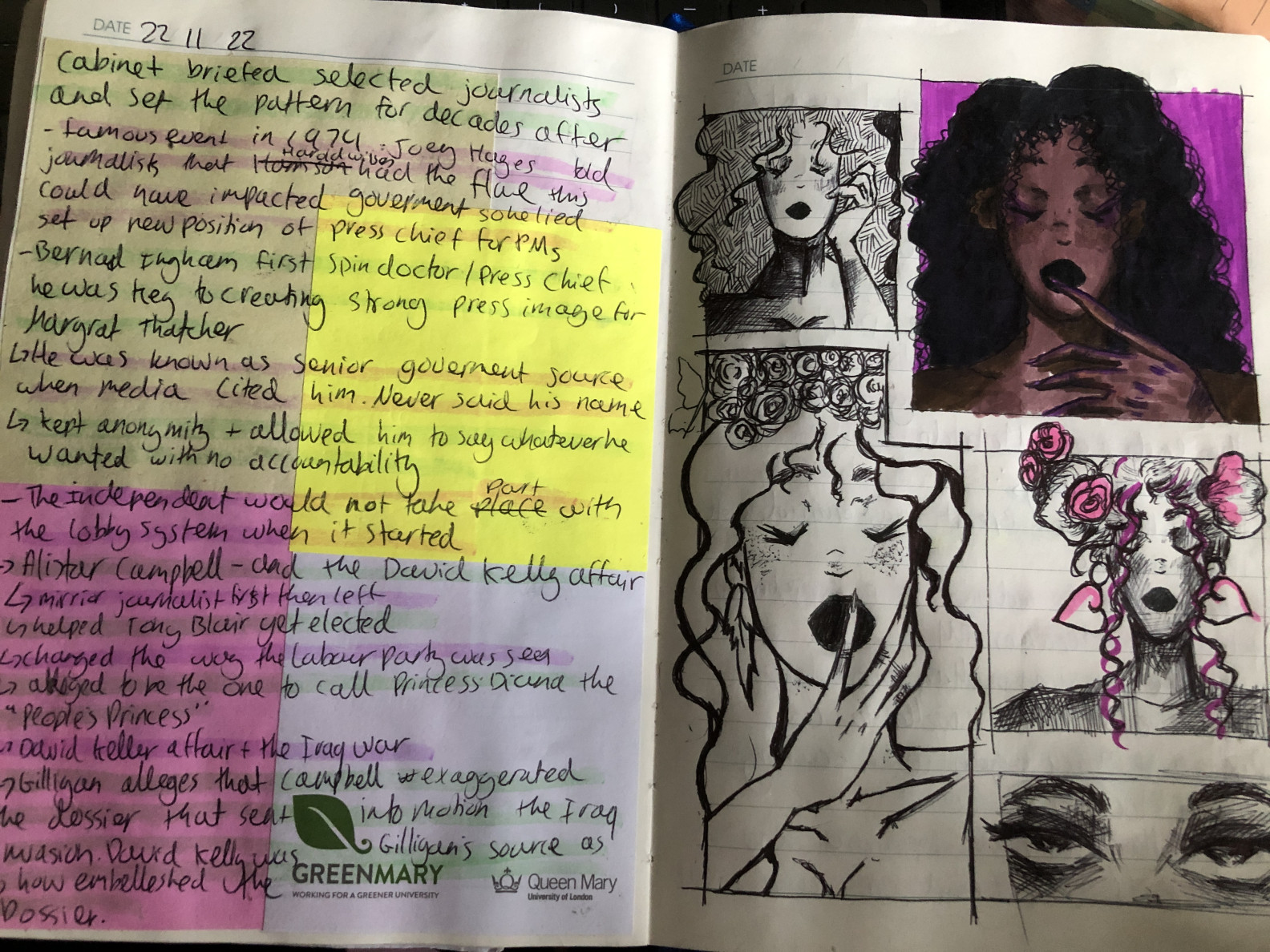
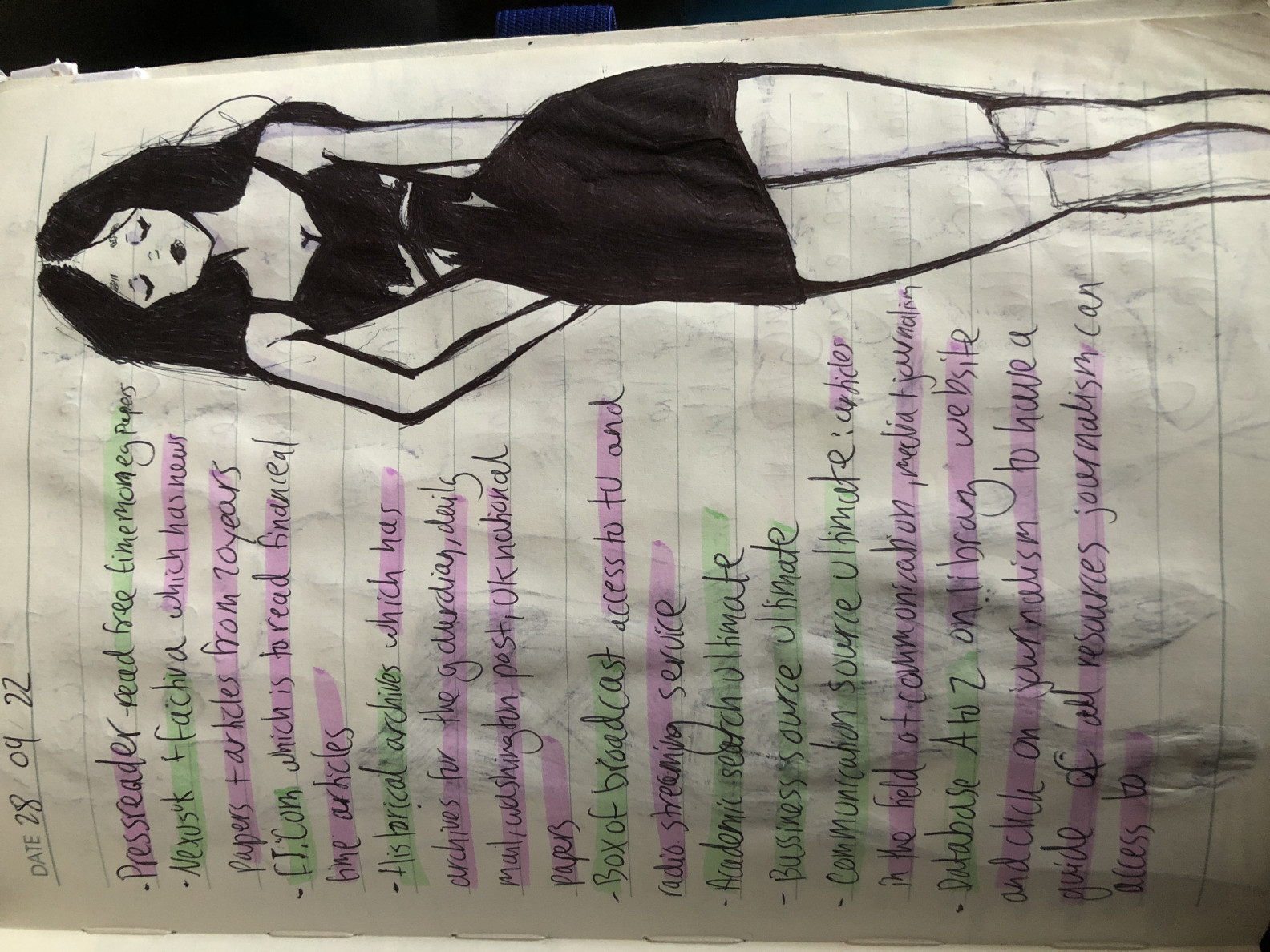
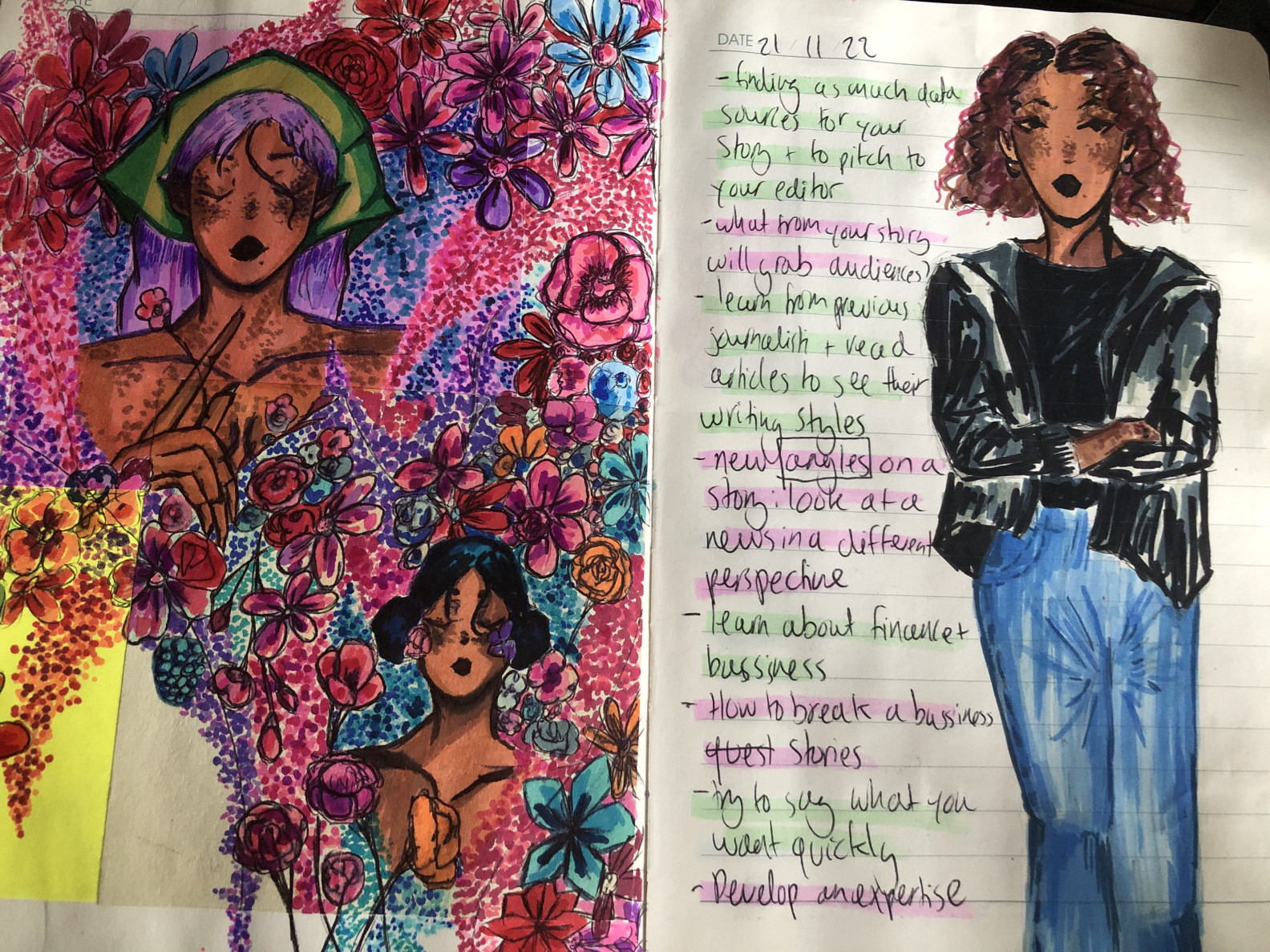
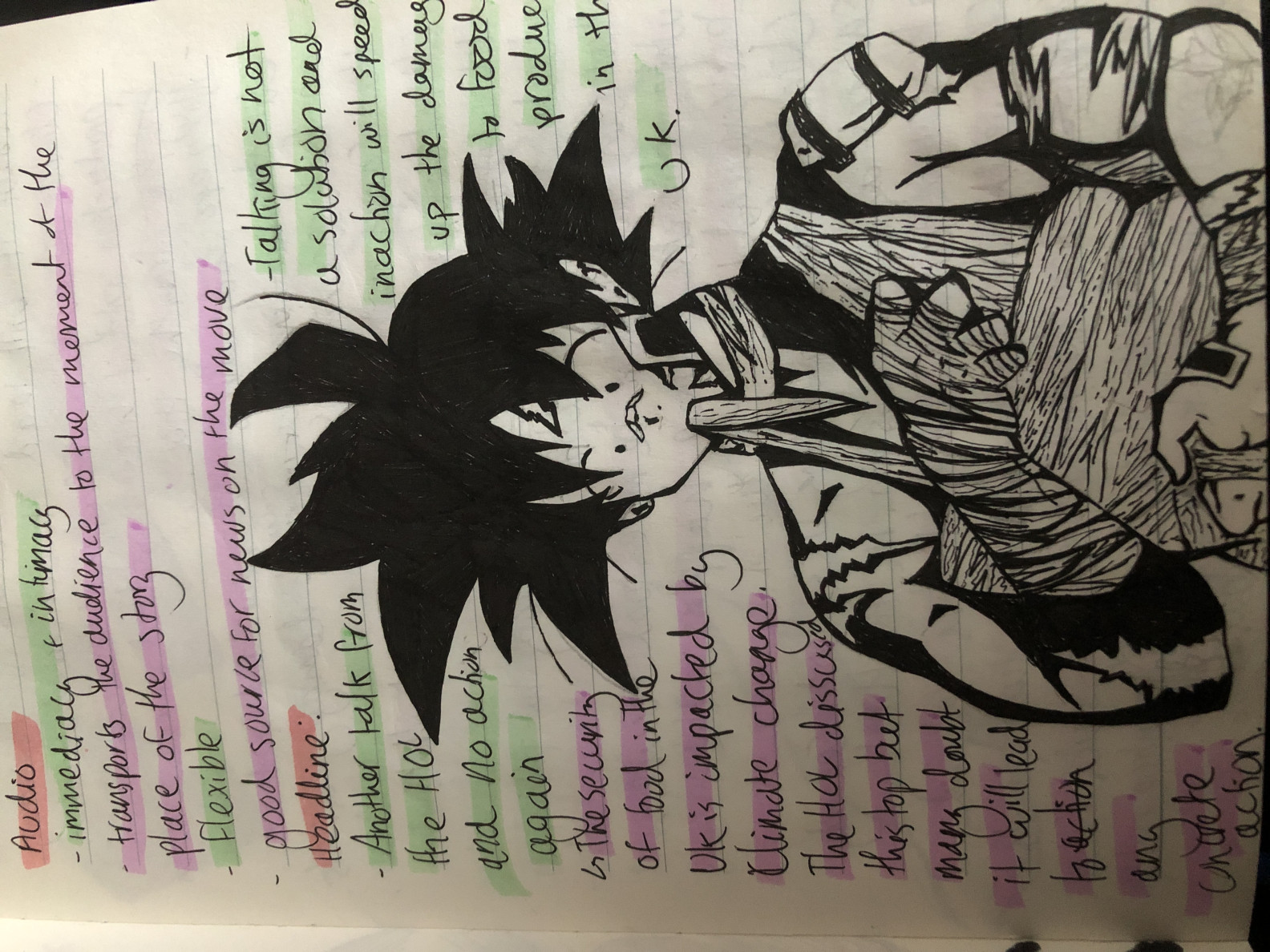







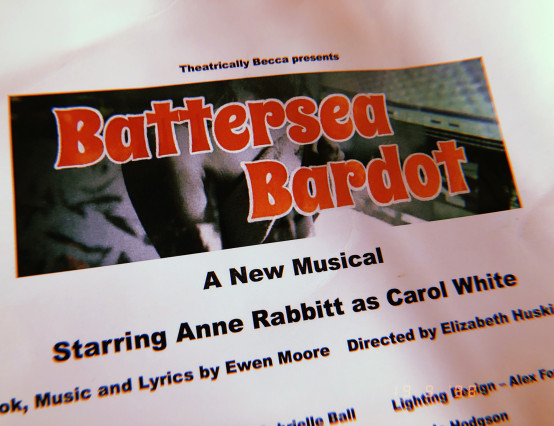
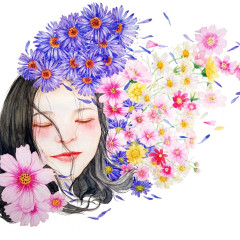


0 Comments